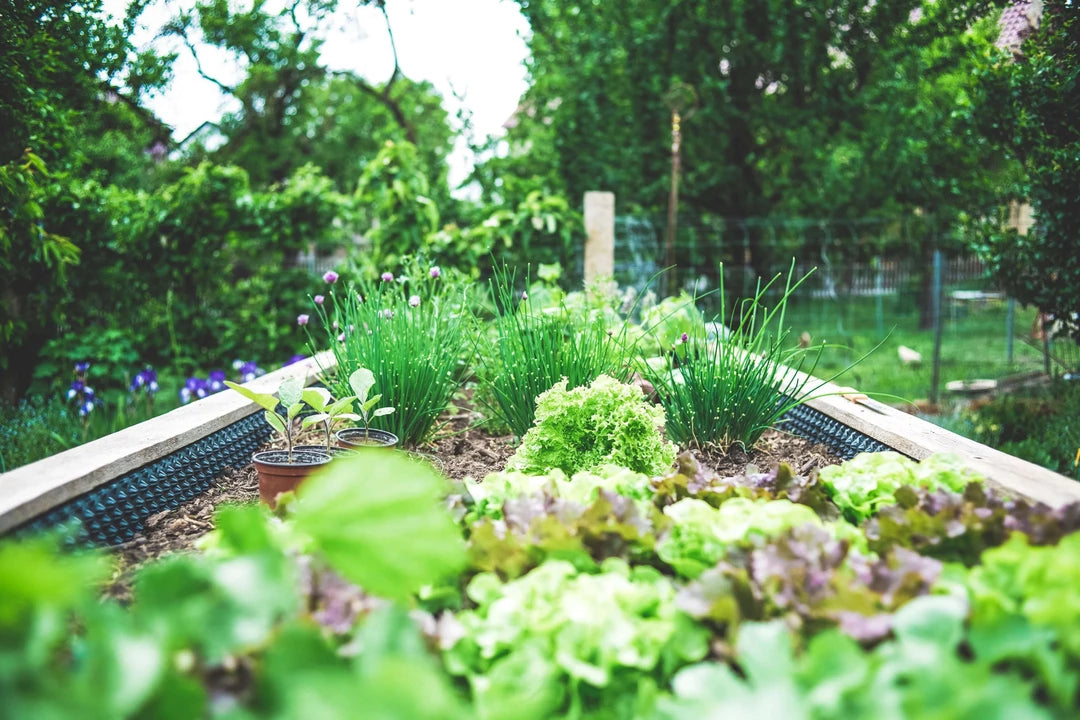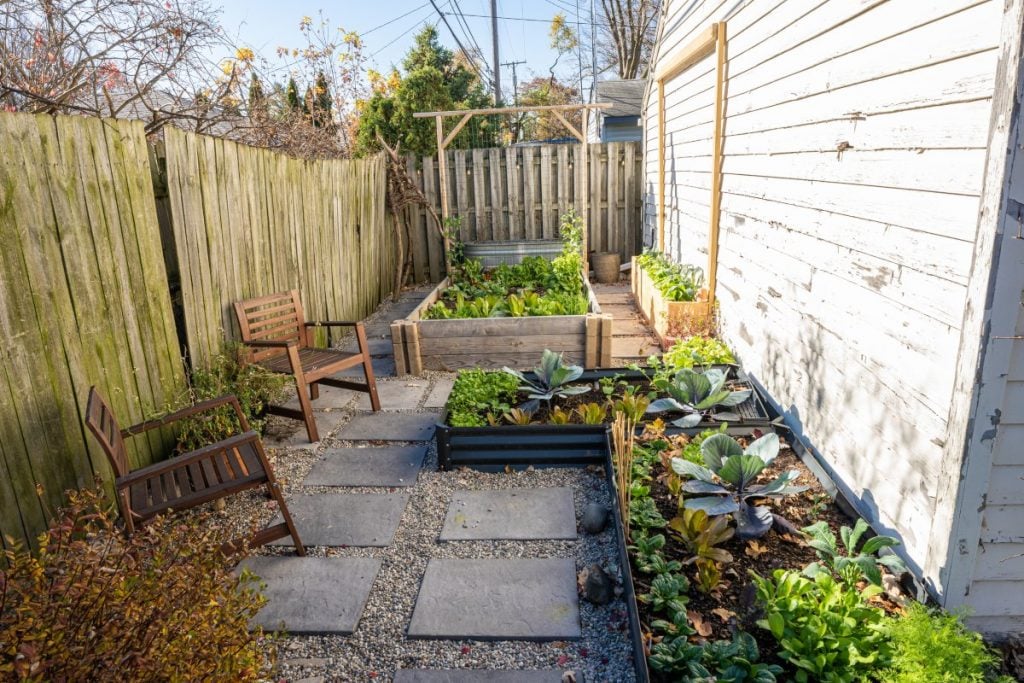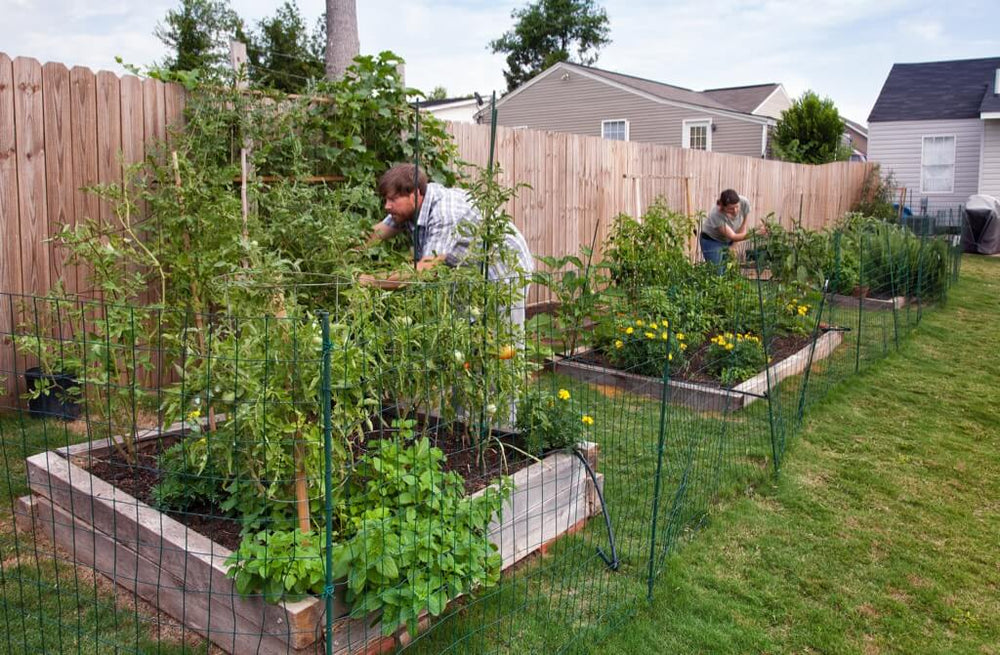Embarking on the path to homesteading is an exciting venture that many people dream of. This beginner’s guide to homesteading aims to provide you with the foundational knowledge needed to start your own sustainable lifestyle. Whether you live in a rural area or a suburban neighborhood, the idea of producing your own food and being self-sufficient is increasingly appealing. In this guide, you’ll find insights into the essential aspects of homesteading and how you can begin this rewarding journey.

What is Homesteading?
At its core, homesteading is about living a life that is self-sufficient and sustainable. It involves practices such as growing your own food, raising animals, and using renewable energy sources. The goal is to reduce reliance on commercial systems and to cultivate a lifestyle that is in harmony with nature.
Why Choose Homesteading?
The reasons for choosing homesteading are as varied as the people who pursue it. Some are motivated by a desire for healthier food options, while others seek to lessen their environmental impact. For many, it’s the allure of a simpler, more fulfilling life that draws them to this way of living.
Getting Started with Homesteading
Starting with homesteading doesn’t necessarily mean you have to relocate to a farm. You can begin right where you are. For those in urban settings, check out our urban homesteading guide for practical tips.
Assess Your Resources
Before diving in, assess the resources you currently have. This includes your land, budget, and time. Determining what you have will help you plan what is feasible for your homesteading journey.
Set Your Goals
Creating clear goals is crucial. Do you want to grow your own vegetables, raise chickens, or perhaps focus on renewable energy? Setting goals will guide your learning and efforts.
Essential Skills for Homesteaders
Homesteading requires a diverse set of skills. Here are some basics to consider:
Gardening
Growing your own food is fundamental. Start with easy crops like tomatoes and herbs. Check out our herb gardening guide for beginners.
Animal Husbandry
Raising animals can provide food and other resources. Chickens are a popular choice for beginners due to their manageable size and egg production.
Preservation Techniques
Learning how to preserve food through canning, drying, and freezing ensures that nothing goes to waste.
Homesteading Challenges and Solutions
Like any lifestyle change, homesteading comes with challenges, such as time management and weather dependencies. However, with proper planning and community support, these can be overcome.
Time Management
Homesteading is time-intensive, so creating a schedule can help balance daily responsibilities.
Community Support
Joining a local homesteading group can provide support and resources, making your journey easier and more enjoyable.
Legal Considerations
It’s important to be aware of local laws and regulations regarding activities like raising livestock or building structures on your property.
Long-term Sustainability
Homesteading isn’t just a hobby; it’s a commitment to a sustainable lifestyle. Consider incorporating renewable energy and water conservation techniques to ensure your homestead thrives for years to come.
External Resources
For further reading, check out this beginning homesteading guide.
Conclusion
The journey of homesteading is both challenging and rewarding. By starting small and gradually expanding your skills and resources, you can create a sustainable and fulfilling lifestyle. Remember, the key is to enjoy the process and learn as you grow.

FAQs
What is the first step to start homesteading?
Begin by assessing your current resources and setting clear goals for what you want to achieve.
Do I need a lot of land to start homesteading?
No, you can start small, even in urban areas. Consider starting with container gardening or small livestock.
Is homesteading expensive?
Initial costs can vary, but over time, homesteading can save money by reducing your reliance on store-bought goods.





